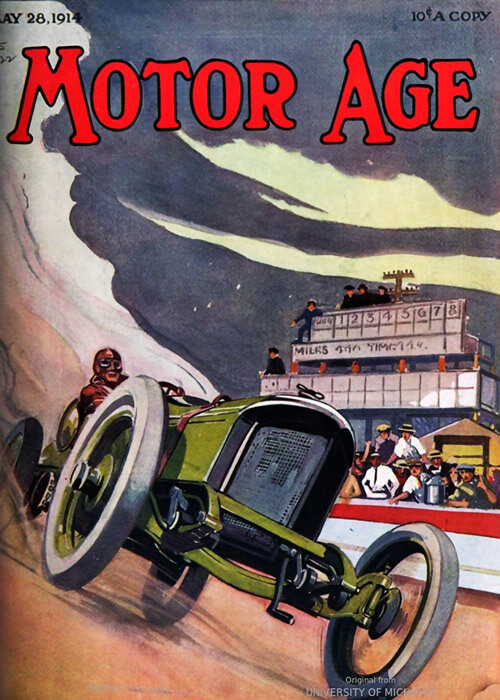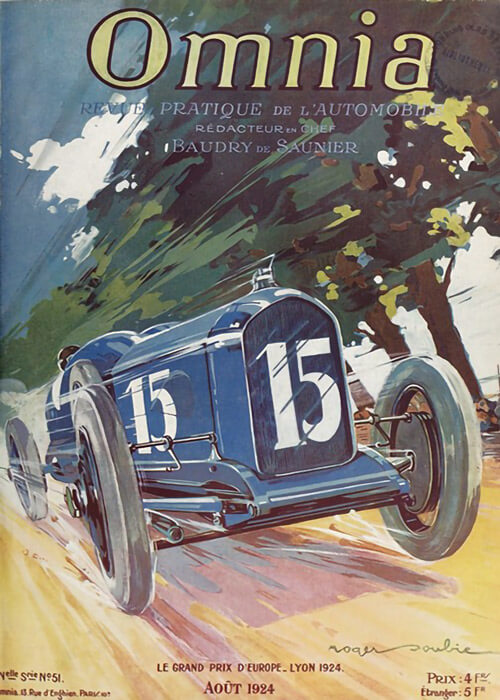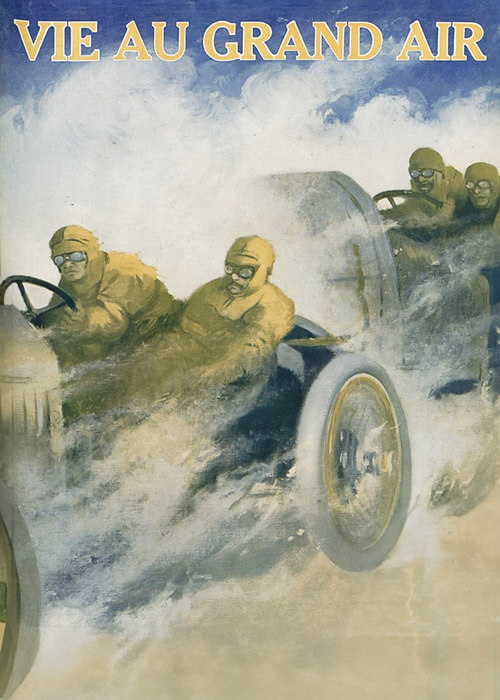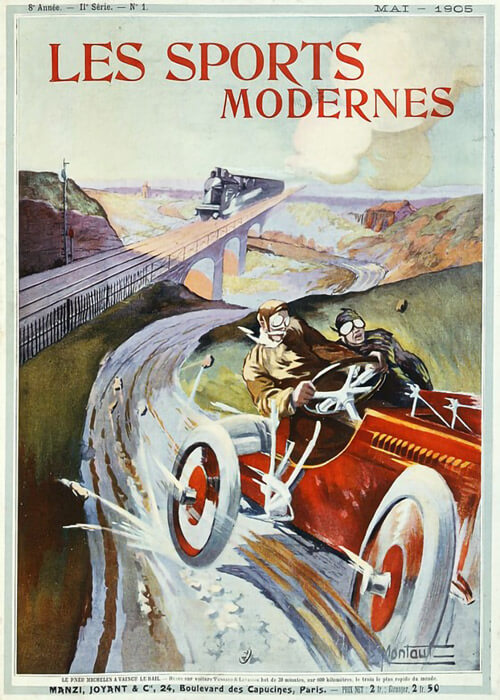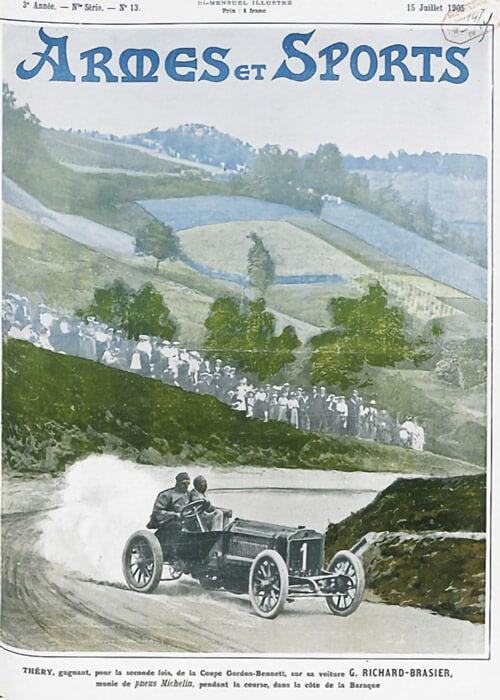Begin September 1909, a decision of resurfacing the track was not made yet. It came down to a choise between road bricks or a concrete surface. Although selection was ongoing, already plans were made for new contests.
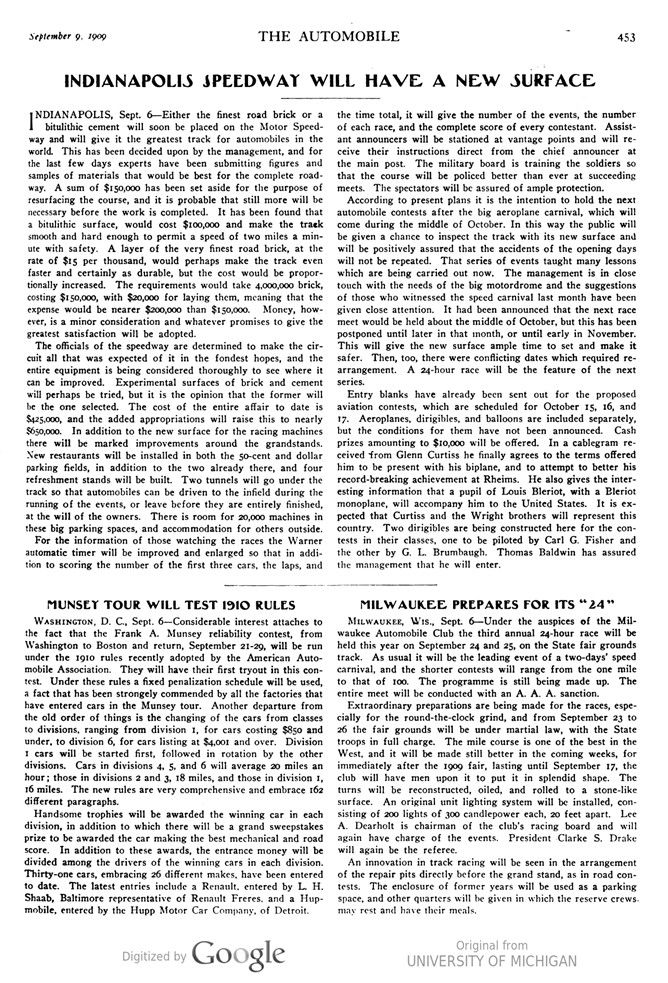
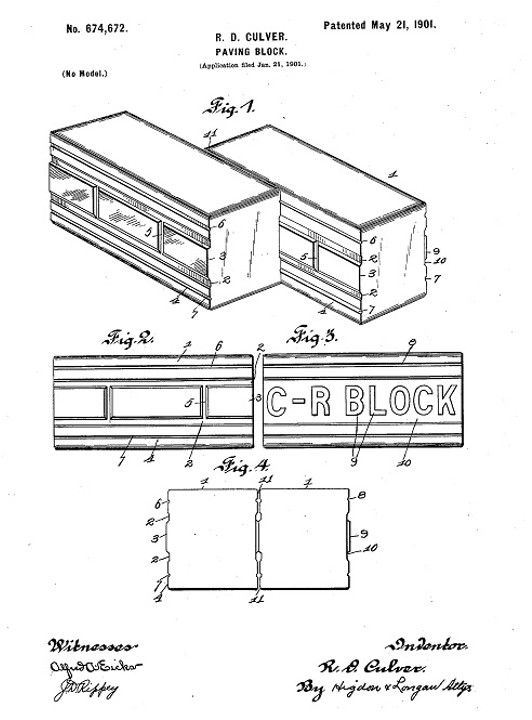
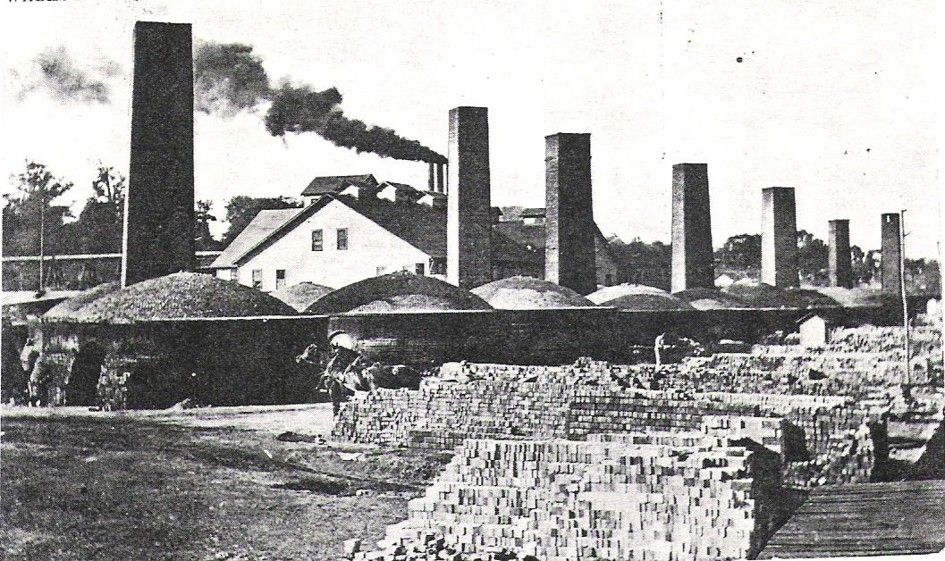
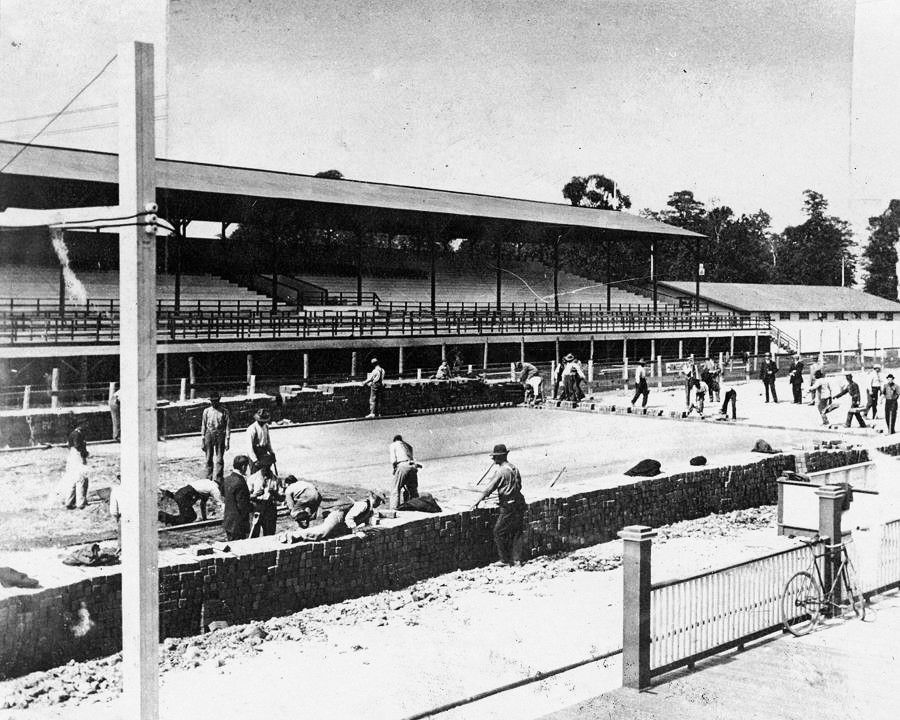
Text and jpegs by courtesy of hathitrust.org www.hathitrust.org, compiled by motorracinghistory.com
THE AUTOMOBILE, Vol. XXI, No. 11, September 9, 1909
INDIANAPOLIS SPEEDWAY WILL HAVE A NEW SURFACE
INDIANAPOLIS, Sept. 6 – Either the finest road brick or a bitulithic cement (*) will soon be placed on the Motor Speedway and will give it the greatest track for automobiles in the world. This has been decided upon by the management, and for the last few days experts have been submitting figures and samples of materials that would be best for the complete roadway. A sum of $150,000 has been set aside for the purpose of resurfacing the course, and it is probable that still more will be necessary before the work is completed. It has been found that a bitulithic surface, would cost $100,000 and make the track smooth and hard enough to permit a speed of two miles a minute with safety. A layer of the very finest road brick, at the rate of $15 per thousand, would perhaps make the track even faster and certainly as durable, but the cost would be proportionally increased. The requirements would take 4,000,000 brick, costing $150,000, with $20,000 for laying them, meaning that the expense would be nearer $200,000 than $150,000. Money, however, is a minor consideration and whatever promises to give the greatest satisfaction will be adopted.
The officials of the speedway are determined to make the circuit all that was expected of it in the fondest hopes, and the entire equipment is being considered thoroughly to see where it can be improved. Experimental surfaces of brick and cement will perhaps be tried, but it is the opinion that the former will be the one selected. The cost of the entire affair to date is $425,000, and the added appropriations will raise this to nearly $650,000. In addition to the new surface for the racing machines there will be marked improvements around the grandstands. New restaurants will be installed in both the 50-cent and dollar parking fields, in addition to the two already there, and four refreshment stands will be built. Two tunnels will go under the track so that automobiles can be driven to the infield during the running of the events, or leave before they are entirely finished, at the will of the owners. There is room for 20,000 machines in these big parking spaces, and accommodation for others outside.
For the information of those watching the races the Warner automatic timer will be improved and enlarged so that in addition to scoring the number of the first three cars, the laps, and the time total, it will give the number of the events, the number of each race, and the complete score of every contestant. Assistant announcers will be stationed at vantage points and will receive their instructions direct from the chief announcer at the main post. The military board is training the soldiers so that the course will be policed better than ever at succeeding meets. The spectators will be assured of ample protection.
According to present plans is the intention to hold the next automobile contests after the big aeroplane carnival, which will come during the middle of October. In this way the public will be given a chance to inspect the track with its new surface and will be positively assured that the accidents of the opening days will not be repeated. That series of events taught many lessons which are being carried out now. The management is in close touch with the needs of the big motordrome and the suggestions of those who witnessed the speed carnival last month have been given close attention. It had been announced that the next race meet would be held about the middle of October, but this has been postponed until later in that month, or until early in November. This will give the new surface ample time to set and make it safer. Then, too, there were conflicting dates which required rearrangement. A 24-hour race will be the feature of the next series.
Entry blanks have already been sent out for the proposed aviation contests, which are scheduled for October 15, 16, and 17. Aeroplanes, dirigibles, and balloons are included separately, but the conditions for them have not been announced. Cash prizes amounting to $10,000 will be offered. In a cablegram received from Glenn Curtiss he finally agrees to the terms offered him to be present with his biplane, and to attempt to better his record-breaking achievement at Rheims. He also gives the interesting information that a pupil of Louis Bleriot, with a Bleriot monoplane, will accompany him to the United States. It is expected that Curtiss and the Wright brothers will represent this country. Two dirigibles are being constructed here for the contests in their classes, one to be piloted by Carl G. Fisher and the other by G. L. Brumbaugh. Thomas Baldwin has assured the management that he will enter.
(*) Bitulithic cement refers to paving material, where broken stones are cemented together using bitumen or asphalt. It’s essentially a type of hot-mix asphalt paving material, with asphalt (a form of bitumen) acting as the binding agent. The term „bitulithic“ combines „bitu“ from bitumen and „lithic“ from „lithos“.
